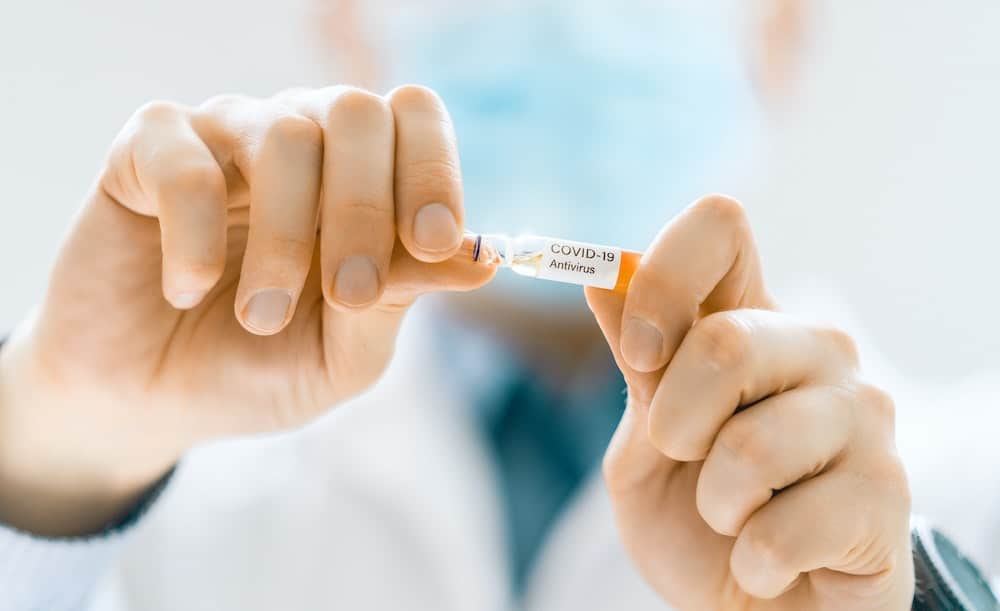What Are the Best Practices for Managing Concussions in Youth Contact Sports?

You’ve probably heard the buzz surrounding concussions in recent years. From professional leagues to your kids’ school games, the issue of head injuries in sports has taken center stage. This is especially true in youth sports, where players are still developing, and the impact of an injury can be considerably more severe. Whether you’re a parent, a coach, or an athlete, it’s crucial to understand how to manage and prevent concussions. This article will explore the topic, focusing on the best practices for managing concussions in youth contact sports.
Understanding Concussions
Before we delve into prevention and management, it’s imperative to understand what a concussion is. A concussion is a type of traumatic brain injury caused by a blow or impact to the head. This impact can disrupt the normal functioning of the brain, resulting in various symptoms. These symptoms can range from headaches, dizziness, and confusion, to more severe issues like memory loss.
A lire en complément : How to manage and mitigate the risks associated with real estate development in historic and archeological sites?
The risk of concussions is particularly high in contact sports such as football, rugby, and ice hockey. However, no sport is entirely free of risk. It’s crucial for everyone involved in youth sports to be aware of this risk and to be equipped with the knowledge to handle such a situation should it arise.
Recognizing the Symptoms
One of the initial steps in managing concussions is recognizing the symptoms. Often, these symptoms may not be immediately apparent and can develop over several hours or days following the injury. The youth athlete may appear dazed or stunned, exhibit confusion, forget instructions, show behavior or personality changes, or lose consciousness.
A découvrir également : How to use thermal imaging and other advanced technologies for energy efficiency audits in real estate?
The more subtle signs can be easily overlooked, especially in the heat of a game. This is why as a parent or coach, you need to stay vigilant. If an incident occurs where a player sustains a hit to the head, it’s essential to remove them from play immediately, even if they insist they are fine.
Appropriate Response and Care
Upon identifying potential concussion symptoms, the next step is to respond appropriately. The most crucial aspect here is not to allow the youth athlete to return to play on the same day the injury occurred, regardless of how mild the symptoms may seem. The injured athlete should be evaluated by a healthcare professional experienced in concussion management.
Additionally, ensure the athlete gets plenty of rest and avoids any activity that may worsen the symptoms. It’s crucial not to rush recovery. The athlete should only return to their sport when cleared by a healthcare provider, who will ensure that all symptoms have resolved both at rest and during exertion.
Concussion Prevention
While you cannot entirely eliminate the risk of concussions in youth contact sports, there are ways to significantly reduce this risk. One of these is through proper equipment use. Helmets, mouth guards, and other protective gear play a crucial role in minimizing the impact of hits to the head.
Another crucial aspect of prevention is teaching and enforcing safe play. Coaches and parents should educate athletes about the dangers of concussions and encourage them to avoid dangerous maneuvers, such as leading with their heads during tackles.
The Role of Schools and Athletic Organizations
Schools and athletic organizations have a vital role in managing concussions in youth sports. They should establish comprehensive concussion management programs that include education for staff, athletes, and parents, protocols for handling suspected concussions, and guidelines for return to play.
These entities should also promote a culture of safety where athletes feel comfortable reporting symptoms and not pressured into playing when injured. By prioritizing the health and well-being of young athletes, we can create a safer and more enjoyable sporting environment for all.
Managing concussions in youth contact sports is a multifaceted responsibility. It involves understanding what a concussion is and recognizing the symptoms, administering appropriate care, promoting prevention strategies, and cultivating an environment where athletes’ health is paramount. It’s a responsibility that lies with coaches, parents, athletes, schools, and athletic organizations. It’s everyone’s game to play.
Role of Regular Medical Check-ups and Sports Medicine
Routine medical check-ups can serve as a preventive measure in managing concussions amongst young athletes. Medical professionals, particularly those specialized in sports medicine, can identify signs and symptoms of a potential concussion that may have been overlooked.
These professionals also play a key role in the return to play protocols. After a concussion, an athlete should be gradually reintroduced to physical activities. The process, often referred to as a "return to learn" before a "return to play" approach, should be overseen by a healthcare provider. This ensures that the athlete’s cognitive functions, such as learning and remembering, are not adversely affected before they resume their sport.
Prevention is the first line of defense against concussions. Therefore, youth athletes should undergo regular medical examinations, particularly if they participate in high-contact sports such as football, ice hockey, or rugby. The healthcare provider can assess the athlete’s overall health and fitness, focusing on their neurological functions to detect any early signs of concussion.
Moreover, sports medicine professionals can also guide athletes, parents, and coaches on best practices for sports safety, including the correct use of protective gear, adherence to rules and regulations of the sport, and understanding the risks involved in each game. They can provide educational resources and awareness sessions to ensure that everyone involved understand the risks associated with concussions.
Importance of Concussion Research and Continued Learning
The field of concussion management is continuously evolving, thanks to ongoing research. Several studies focus on understanding the impact of repeated concussions, the effectiveness of various prevention strategies, and novel treatment options. PubMed and Google Scholar are valuable resources where the latest research on sport concussions can be accessed.
Continued learning is crucial for everyone involved in youth sports. Coaches, parents, athletes, and school administrators should stay updated about the latest findings in sports medicine, particularly regarding concussion management. They should attend workshops, seminars, and training sessions focused on this topic. Understanding the latest research findings and implementing them can significantly improve the sport’s safety and the well-being of the athletes.
Furthermore, there is a growing concern about the long-term effects of repeated concussions, especially among youth athletes. Thus, continued research is essential to understanding these risks better and developing effective strategies to mitigate them. Encouragingly, sports organizations, schools, and health institutions are recognizing the importance of this issue and are investing in concussion research and education.
Conclusion
Concussions in youth contact sports is a serious issue that requires collective effort to manage and prevent. Understanding the nuances of a brain injury, recognizing the symptoms of a concussion, and responding adequately are important steps in managing concussions.
Moreover, regular medical check-ups, proper use of protective gear, adherence to safe play rules, and staying updated on the latest research findings are critical for preventing concussions. Schools, sports organizations, healthcare providers, parents, and the athletes themselves all have a role to play in this.
By prioritizing the safety and well-being of our young athletes, we can ensure they can enjoy their sport while minimizing the risk of head injuries. The need for continuous learning and improvement in our approach to concussion management is evident. With concerted effort and commitment to safety, we can make youth sports a safer place for all.
